After being sworn in as U.S. Vice President, Sen. Kamala Harris made history as the first woman, first African-American, and first person of South Asian descent to ascend to the position.
But did you know Harris isn't actually the first person of color to become “veep?” That distinction belongs to one Charles Curtis, an enrolled member of the Kaw Nation.
Curtis took the office as the first Native American vice president nearly a century ago. He was elected in 1929, as President Herbert Hoover’s running mate. At that time, Native Americans faced significant prejudice and social exclusion, making Curtis’s rise to the office all the more impressive.
Despite his deft navigation of a political system stacked against him, Curtis earned a thorny reputation as a senator, congressman and later in the White House. According to many historians, the policies he pursued didn’t always reflect that of a champion of the Native American population.
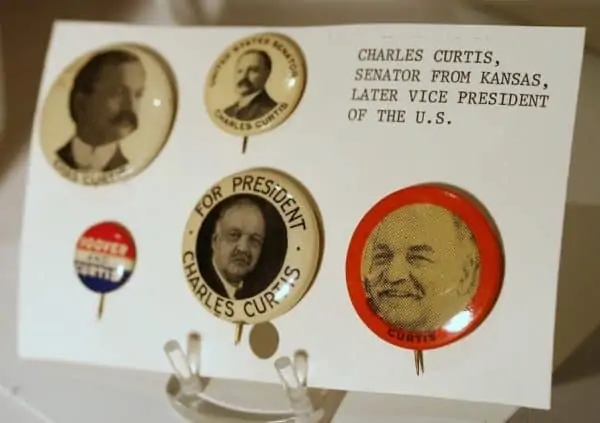
Who was Charles Curtis?
Curtis was born in 1860, in a log cabin in North Topeka, a year before Kansas became a state. His mother, Ellen Papin, was Kaw, Osage, Potawatomi, and French and his father, Orren Curtis, was a wealthy man of English, Scots, and Welsh descent.
Papin died when Curtis was young, and his father went on to fight in the Civil War. So Curtis spent most of his childhood living with both sets of grandparents. He was raised to speak Kanza and French and later learned English.
Curtis lived on the Kaw reservation for eight years. That’s where he learned he had a knack for horse riding, gaining the moniker “Indian Charlie.” His grandparents on both sides, however, nudged him toward a white-collar career. So he became a lawyer and then a politician.
Contemporary accounts cite Curtis’s personal charm and work ethic as key factors in helping him climb the political ladder. According to J.R. Mendoza of The Capital-Journal, Curtis used a black notebook, and later a card index, to jot down the names of all the people he met while in office or campaigning. He regularly referenced it, which explained “his remarkable memory for faces and names.”
Curtis rose to prominence as a member of the Republican Party, becoming a congressman, senator, and finally Senate majority leader. There, he made his mark as a noteworthy advocate for women’s suffrage and child labor laws.
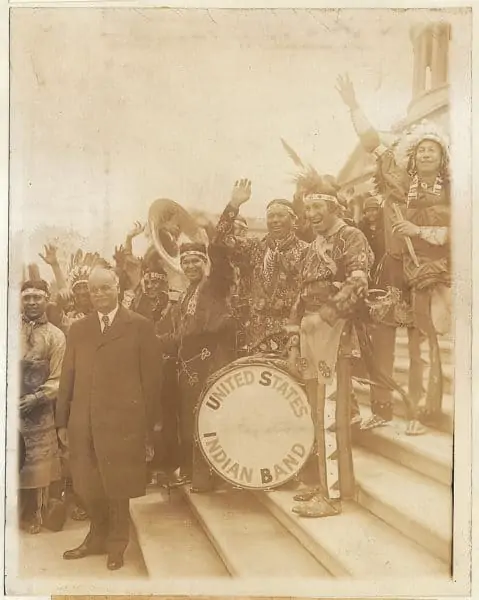
Controversy
Curtis, however, pursued several policies that spelled trouble for Native Americans. He pushed for the Dawes Act of 1887, which greenlit the federal government to parcel up tribal lands into individual plots. That eventually led to those plots being sold to the public.
In 1898, as a member of the Committee on Indian Affairs, he drafted his namesake Curtis Act. That bill extended the Dawes Act’s provisions to the “Five Civilized Tribes” of Oklahoma.
“[The Curtis Act] enabled the dissolution of many tribal governments in Oklahoma on the path to Oklahoma becoming a state,” Donald Grinde, a historian at the University at Buffalo, told Smithsonian Magazine. “And of course, that [opened up] tribal land in Oklahoma to white settlers, sooners.”
Curtis also supported Native American boarding schools, which separated children from their parents and forced assimilation. There’s also substantial evidence that abuse was rampant in these schools.
Despite Curtis’s assimilationist politics, he did, in many ways, honor his Kaw background throughout his career. For instance, he brought in a Native American jazz band to play at the 1928 presidential inauguration and he filled his vice presidential office with an array of Native American artifacts.
When he was officially selected as the running mate of Hoover, his political rival, Kaw communities in Oklahoma declared “Curtis Day.” Several members of the Kaw community even attended the inauguration.
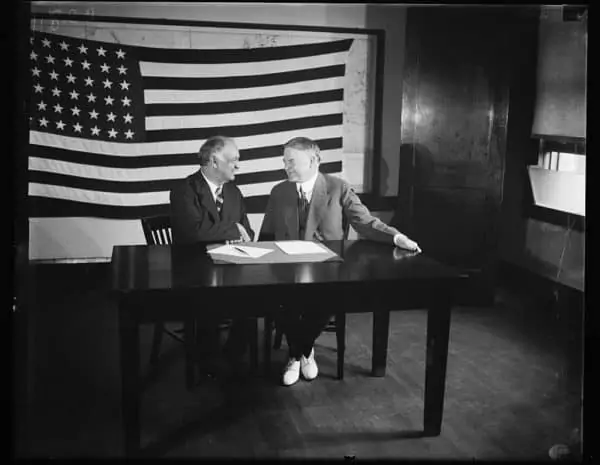
A Native American Vice President, At Last
Curtis became the first Kansan and Indian to earn the U.S. vice presidency, despite not finishing high school. Yet despite his political experience, his time in the White House left something to be desired.
Hoover remained leery of his former adversary and largely kept him out of policy. To boot, the onset of the Great Depression made for a difficult landscape to govern, wherein any and all strides forward took a backseat to the total economic collapse at hand. In 1932, Hoover and Curtis lost re-election in a landslide defeat to New York Gov. Franklin Delano Roosevelt and Speaker of the House John Nance Garner.
After the loss, Curtis stayed in Washington, D.C. and worked as a lawyer, rather than returning home to his home state.
Curtis, the country's first Native American and biracial vice president, died of a heart attack four years later, leaving behind an important, yet complicated legacy.
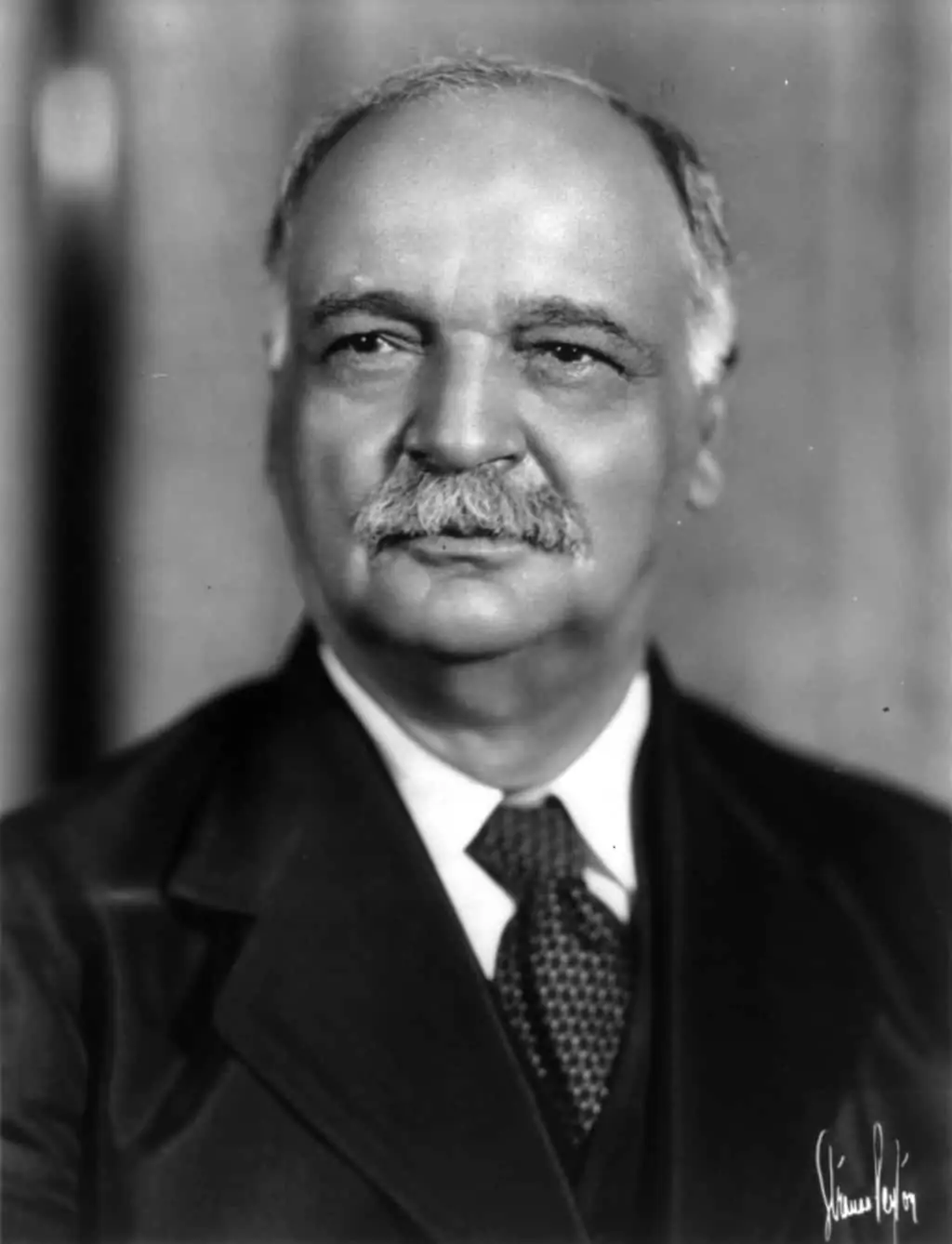
Last Updated on February 16, 2024 by Paul G
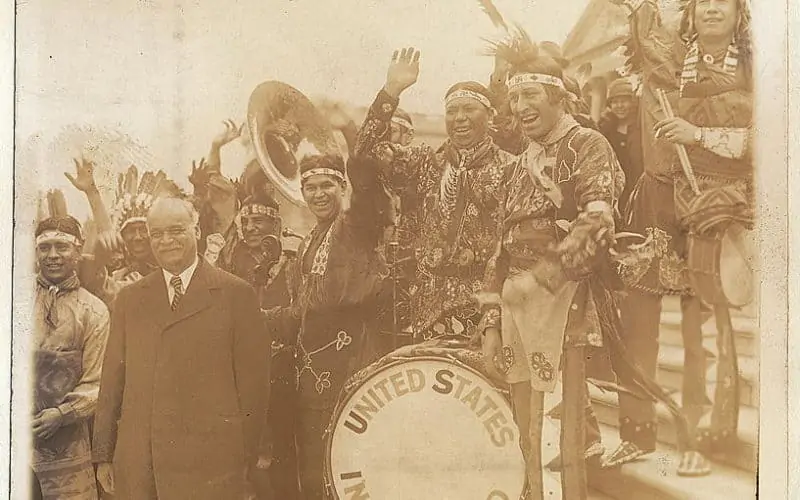



Leo Jordan Jr.
says:I study this in Oklahoma history while in junior high in(1968) Hulbert, Oklahoma.
Marie richardson
says:Wow learned many things. Big thing just how much has been left out of history books I had on school.
Dennis
says:The article on Curtis was very good. I learned some things. I also learned some things reading the Martin Luthor King article. I am a teacher on the Eastern Navajo Reservation. I share all these articles with my students and parents.
The thing I like most is that these are little known facts of history that should be known especially by the NA population. Thank you so much for posting these stories.